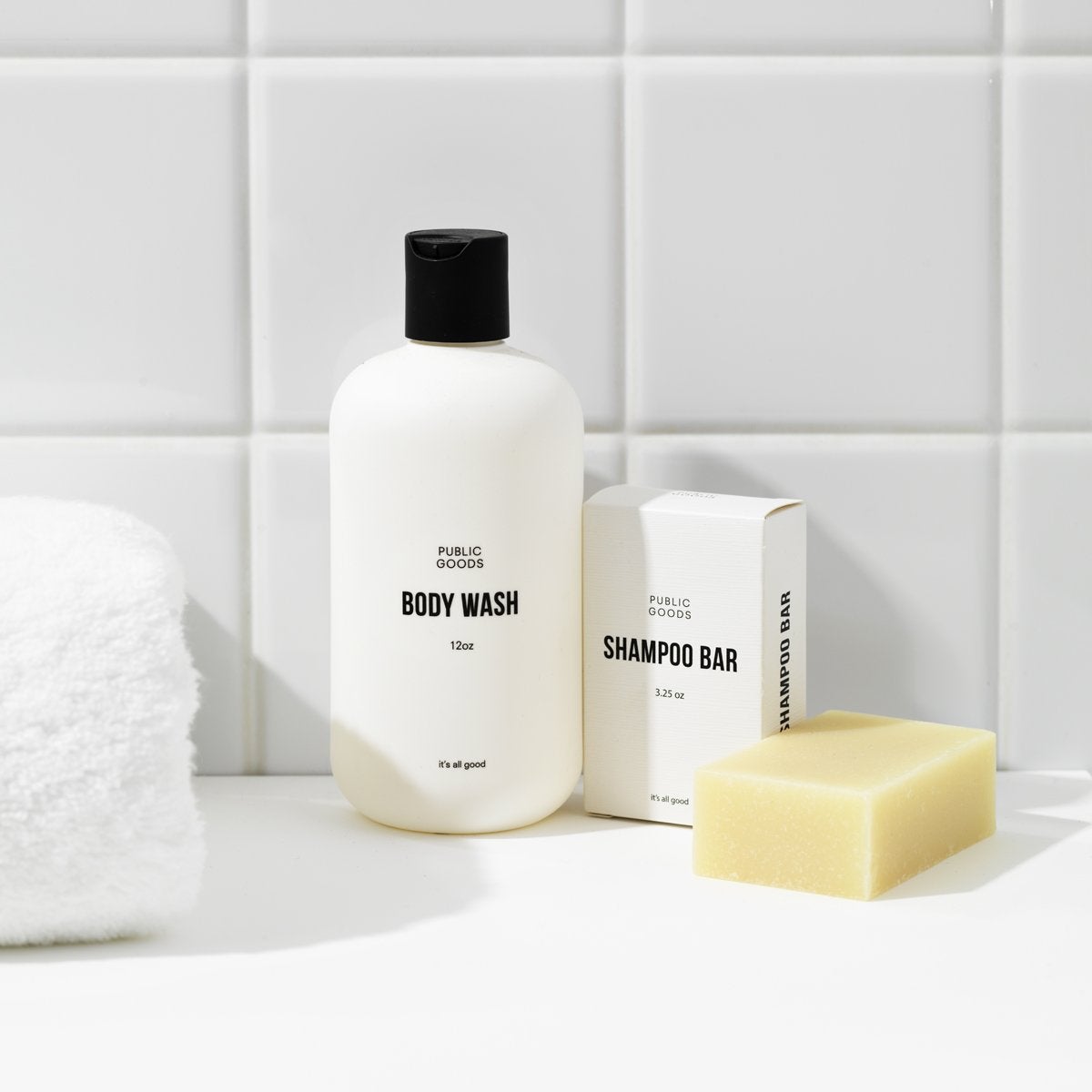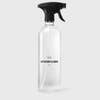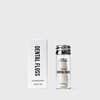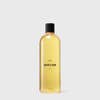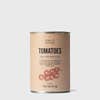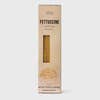Are Minimally Packaged Household Essentials the Key to Surviving Small-Space Living?
A new generation of DTC brands says yes.
Updated Oct 11, 2018 7:05 PM
We may earn revenue from the products available on this page and participate in affiliate programs.
You know a “millennial” brand when you see one.
A clean, simple font, either set against a punchy color (Millennial Pink, anyone?) or adhering to sleek black and white. A hyper-specialized product selection. An emphasis on transparency so unwavering that the word itself is splashed on almost every web page. This is the age of the direct-to-consumer business, and one company, Public Goods, is taking it a step further.
Founded by Morgan Hirsh, Public Goods operates under a membership business model similar to Costco’s. You pay $59 annually, and then enjoy uber-low prices on its products; the most expensive thing on the docket is a $45 bath towel. It’s a one-stop shop for all your home goods needs, from tortellini dried soup mix to a tiny glass container of the chicest dental floss we’ve ever seen. This simplified shopping process speaks to a new kind of consumer, and it’s exactly the gap in the market that Hirsh was looking to fill.
“The shopping experience, overall, is terrible,” says Hirsh. “Amazon serves up 30,000 shampoos—who has time [for this]? Drugstores showcase aisles of ugly bottles with small fonts touting weird promises. There was no place to go where you knew you were going to get healthy, eco-friendly products that are designed for your home, without the overwhelming choices or inflated prices.”
Public Goods is part of a new breed of millennial brands targeting a shopper guided by efficiency; the idea being that if you are only selling one type of shampoo, it’s because you’ve ascertained that it’s the absolute best shampoo out there and there’s no point in offering an alternative. But streamlined shopping aside, there’s another explanation for the success of Public Goods and companies like it. Two words: Small spaces.
According to recent data from Business Insider, millennials are choosing to live small. Tiny homes are more popular than ever, and with this shift in the real estate landscape comes a slew of new requirements for our home goods. A lack of square footage (and more importantly, a lack of storage) necessitates chicer, more streamlined products. There’s a gap in the market for the small space–dwelling millennial who doesn’t want to have a bevy of kitchen cleaning products stacked on their counters, with clashing packaging and loud labels only adding to the cluttered feel of the space.
Brands like Public Goods, the more colorful Brandless, and the minimal Japanese-style Muji are honing in on this need. They design beautifully packaged home essentials that, when bought together, create a cohesive look—you won’t have to worry about hiding them away. “Public Goods products are designed to look beautiful in your space,” explains Hirsh. “When you might not have lots of cabinets or drawers, leaving your lotion or toothbrush on display is something you might actually choose to do.”
If you have a tiny kitchen whose size rivals that of a supply closet, the sleek, stylish packaging on Brandless’s dry goods or Public Goods’ canned food means you can display them on your rolling IKEA cart without worrying about clutter. Or maybe the bathroom you share with a roommate is the problem: Muji’s chic cleansers and refillable lotion bottles would look great on the counter so you can delegate valuable medicine cabinet space for more unsightly things. When you live small, even the most utilitarian things need to double as decor, and this generation of home essential brands help you do just that.
In a society ready to crown Marie Kondo as its queen, these companies’ elegant minimalist style speaks to the growing need to simplify the home. Whether this means holistically or just aesthetically, the growing trend of brands like Public Goods feeds that need. As we downsize to smaller spaces, the way we interact with our home goods changes as well. “I see this as a cultural movement toward a more thoughtful lifestyle, which includes not only decreasing the environmental impact products and packaging have but also the visual noise they create,” says Hirsch.
It’s definitely one way to tackle a tiny home. If painting your apartment white isn’t cutting it, maybe minimally packaged household essentials are the last frontier of small-space living.
See more stories on minimalism: 6 Decluttering Strategies Minimalists Swear By 13 Must-Follow Instagrams for Minimalist Inspiration What’s It Really Like to Live With the Essentials?
